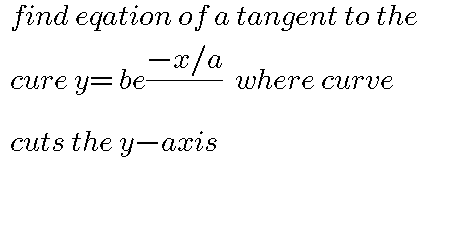
AllQuestion and Answers: Page 1689
Question Number 39470 Answers: 2 Comments: 2

Question Number 39469 Answers: 1 Comments: 0

Question Number 39466 Answers: 0 Comments: 1

Question Number 39464 Answers: 1 Comments: 0
Question Number 39458 Answers: 0 Comments: 4
Question Number 39457 Answers: 1 Comments: 0

Question Number 39443 Answers: 1 Comments: 3
Question Number 39441 Answers: 0 Comments: 2
Question Number 39440 Answers: 1 Comments: 0
Question Number 39436 Answers: 1 Comments: 2

Question Number 39477 Answers: 1 Comments: 3
$$\int\mathrm{2}^{\mathrm{x}} \mathrm{3}^{\mathrm{2x}} \mathrm{dx}=? \\ $$
Question Number 39431 Answers: 1 Comments: 1
Question Number 39402 Answers: 1 Comments: 1

Question Number 39483 Answers: 0 Comments: 3
Question Number 39395 Answers: 0 Comments: 2
Question Number 39389 Answers: 0 Comments: 2
Question Number 39388 Answers: 1 Comments: 0
Question Number 39386 Answers: 1 Comments: 1
Question Number 39384 Answers: 2 Comments: 0
Question Number 39383 Answers: 1 Comments: 1
Question Number 39382 Answers: 1 Comments: 0

Question Number 39381 Answers: 1 Comments: 0

Question Number 39380 Answers: 0 Comments: 0
Question Number 39379 Answers: 1 Comments: 6

Question Number 39378 Answers: 0 Comments: 1
Question Number 39376 Answers: 0 Comments: 0
Pg 1684 Pg 1685 Pg 1686 Pg 1687 Pg 1688 Pg 1689 Pg 1690 Pg 1691 Pg 1692 Pg 1693
